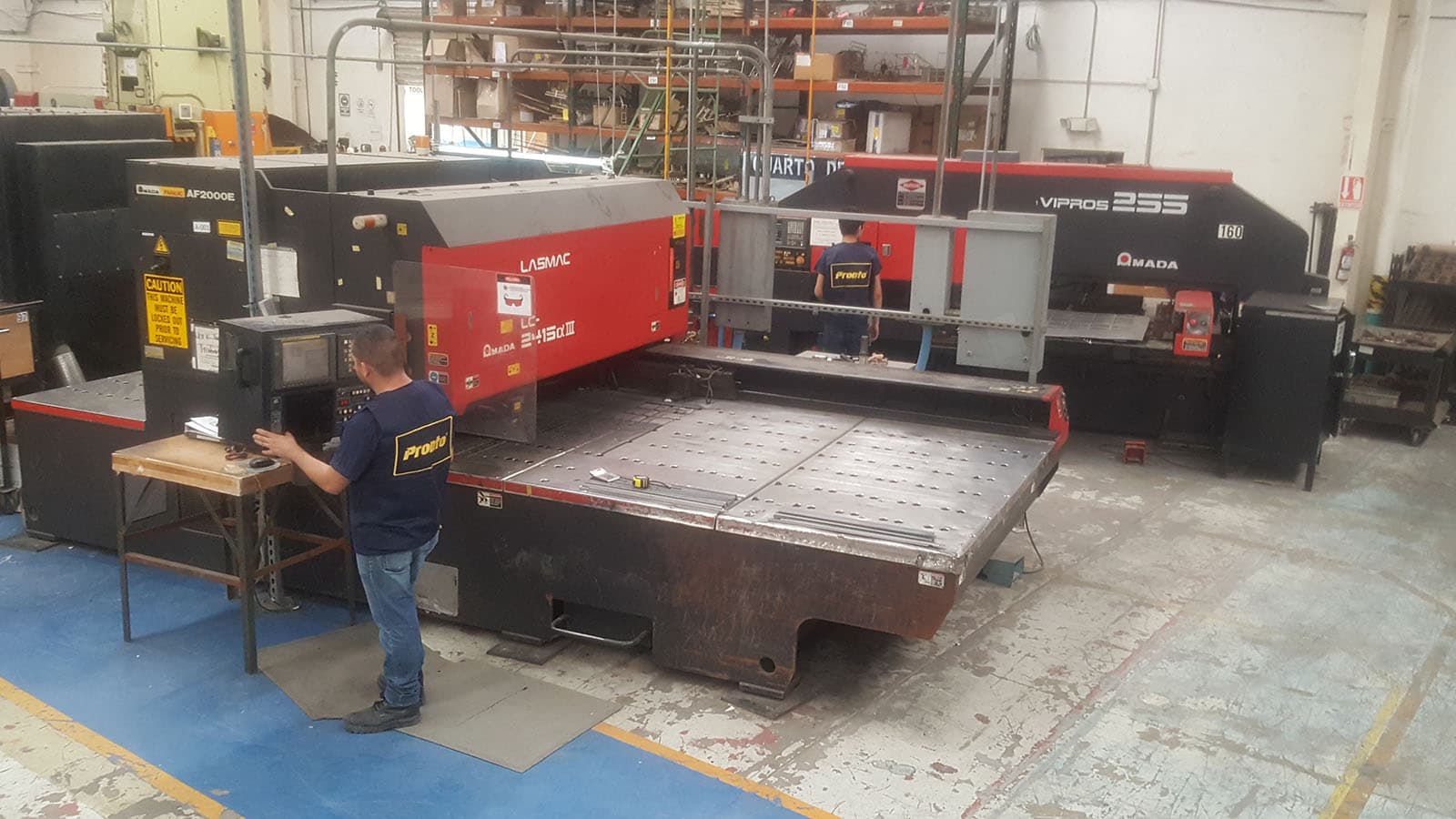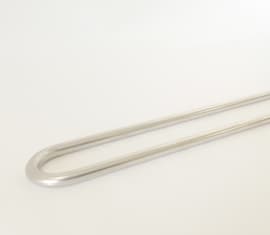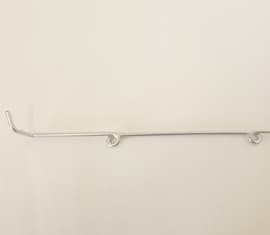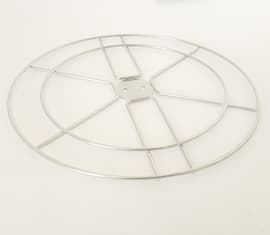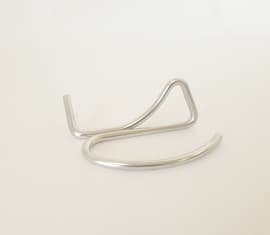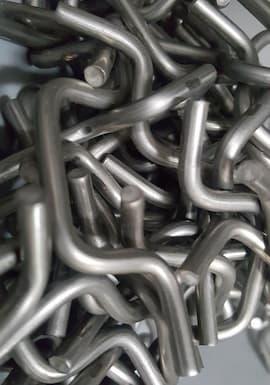
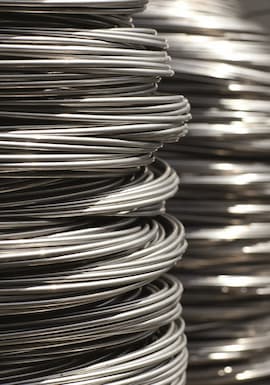
316 Stainless Steel
Material Summary
Improved corrosion resistance is the primary reason to choose 316 SS over 304 SS. The reason for this increased corrosion resistance is molybdenum. To enhance these properties further, we electropolish the finished product, which greatly enhances corrosion resistance and provides additional benefits.
Type 316 stainless steel is an austenitic grade of stainless steel. The term “austenitic” is a reference to its face centered cubic crystalline structure. It is essentially non-magnetic. However, during cold working, it can become magnetic.
- Corrosion Resistance
- Hardness
- Longevity
- Formability
- Weldability
- Ductility
316 Stainless Steel Specifications
Industries
316 stainless is commonly found in several different industries, including the medical, aerospace, and pharmaceutical industries.
Composition
316 stainless is an alloy composed of the following elements.
| Type 316 Stainless Steel Composition, % | |||||||||
| Cr | Mo | Ni | C ≤ | Mn ≤ | P ≤ | Si ≤ | N | S ≤ | Fe |
| 16 – 18 | 2 – 3 | 10 – 14 | .08 | 2 | .045 | .75 | .10 | .03 | Balance |
Tensile Strength
Tensile strength measures the amount of stress that one square inch of material can endure before breaking. It is commonly measured in pounds per square inch. A 1” x 1” material that is 100,000 PSI can endure 100,000 pounds before breaking. Wire is usually drawn using a PSI that is expressed as a range (e.g., 80,0000 to 100,000 PSI). Because 316 SS wire is drawn at different diameters, the breaking load will depend on the tensile strength and the wire diameter. As you would expect, the larger wire diameters can support a heavier load.
Cost
316 stainless steel has a higher cost when compared to 304 stainless steel. The higher cost is driven by the addition of molybdenum.
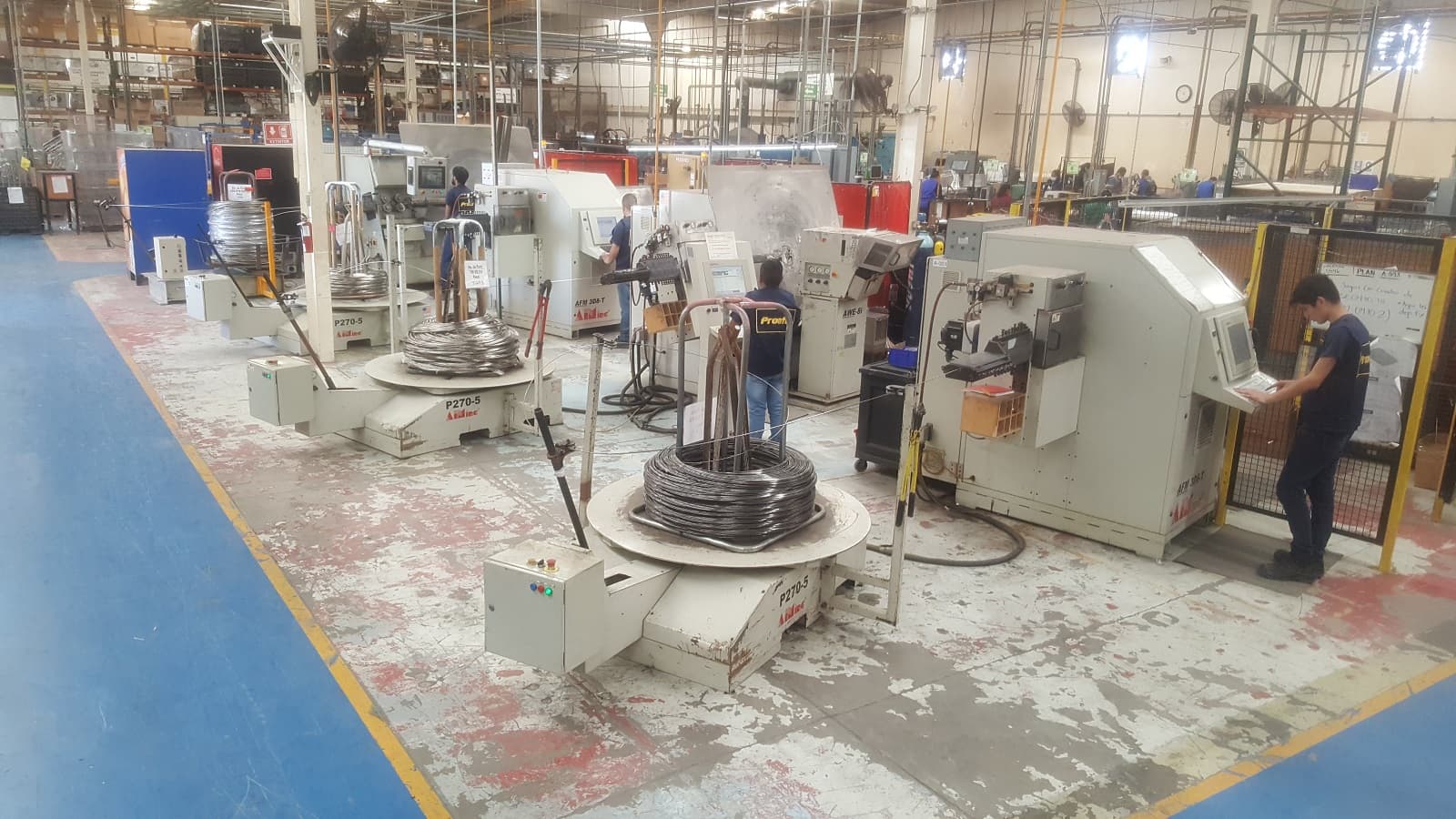
Advantages and disadvantages
316 Stainless Steel
Advantages
Corrosion Resistance
Superior resistance to corrosion and oxidation.
Formability
Relatively easy to bend, flatten, and shape.
Weldability
Relatively few welding issues.
Disadvantages
Cost
Higher cost relative to 304 stainless steel.
316 Stainless Steel
